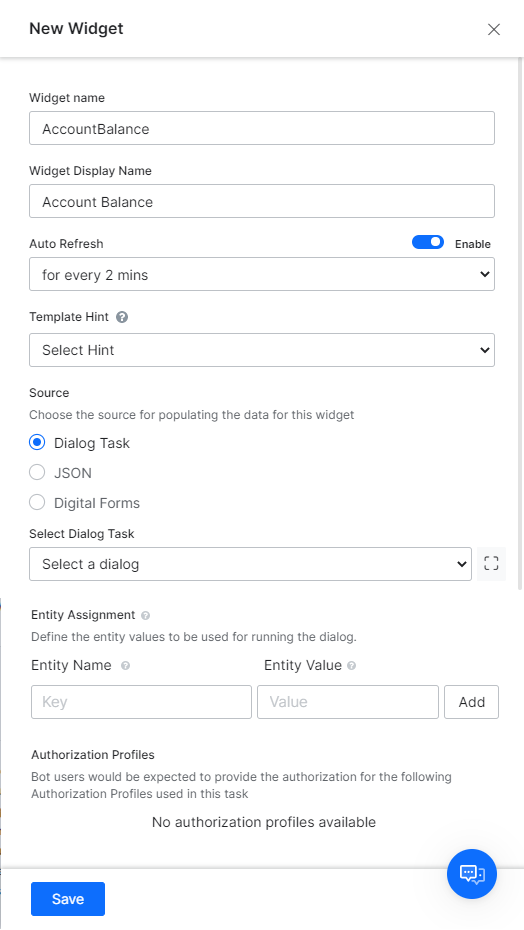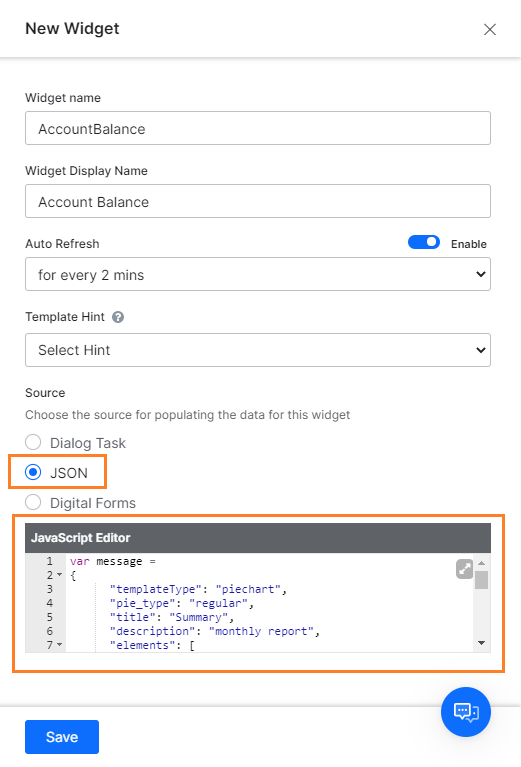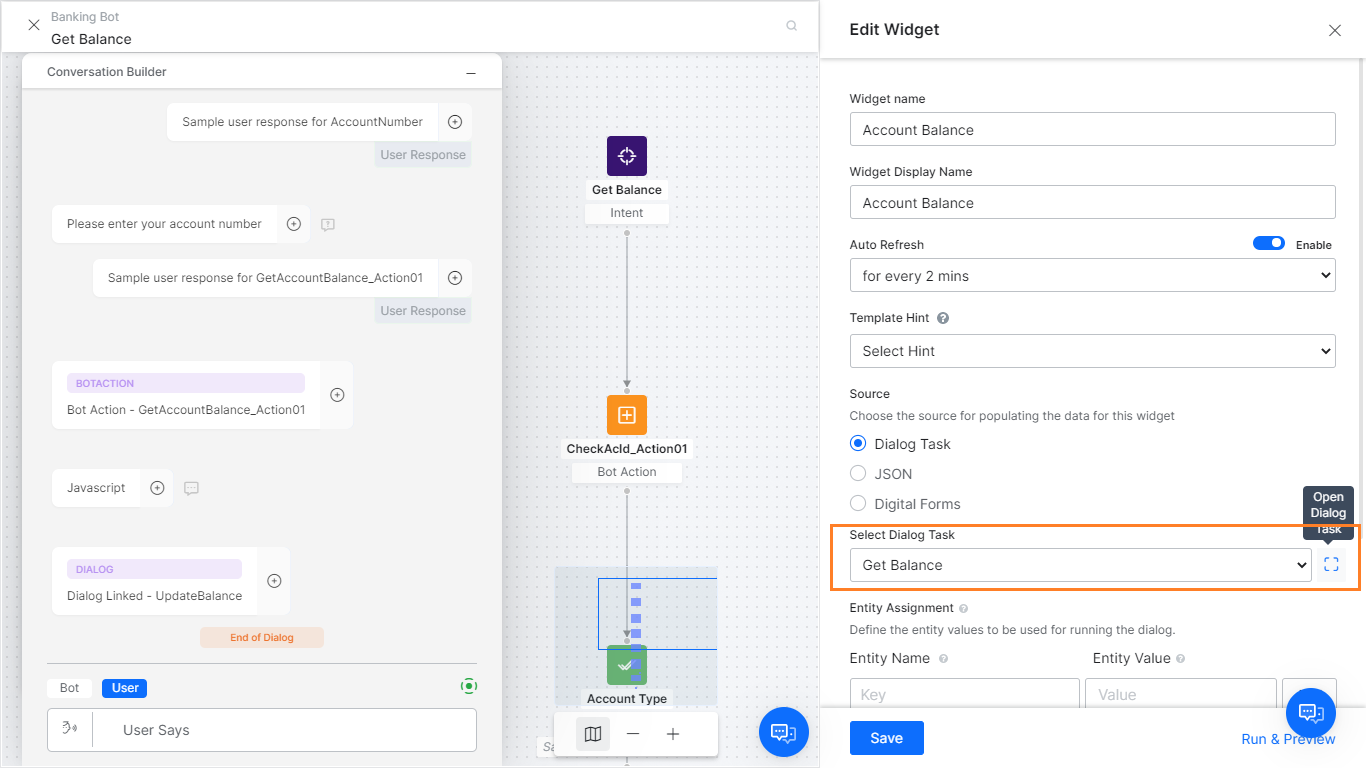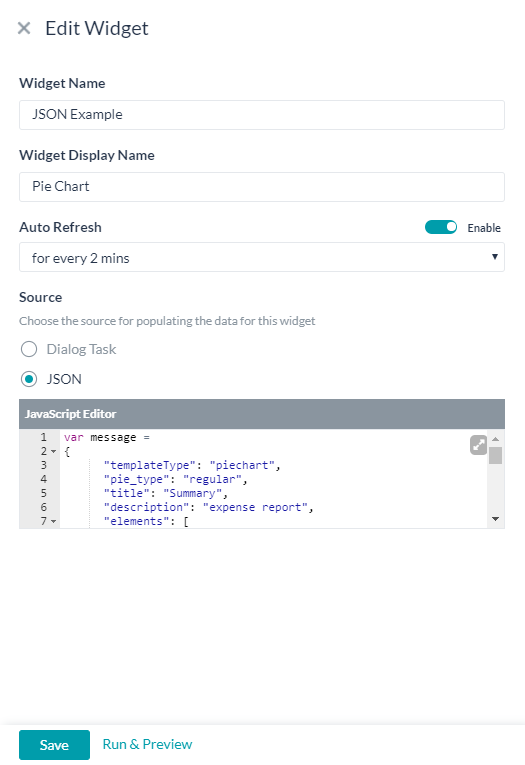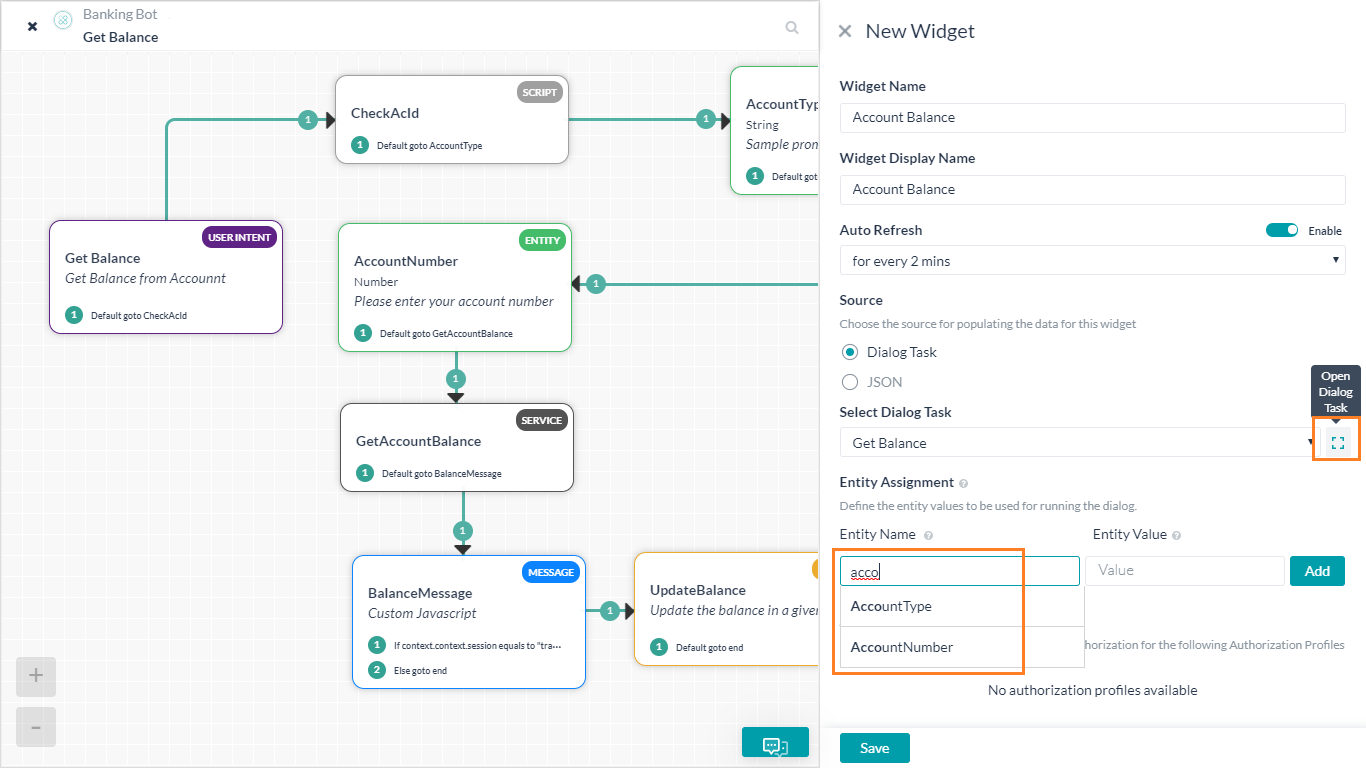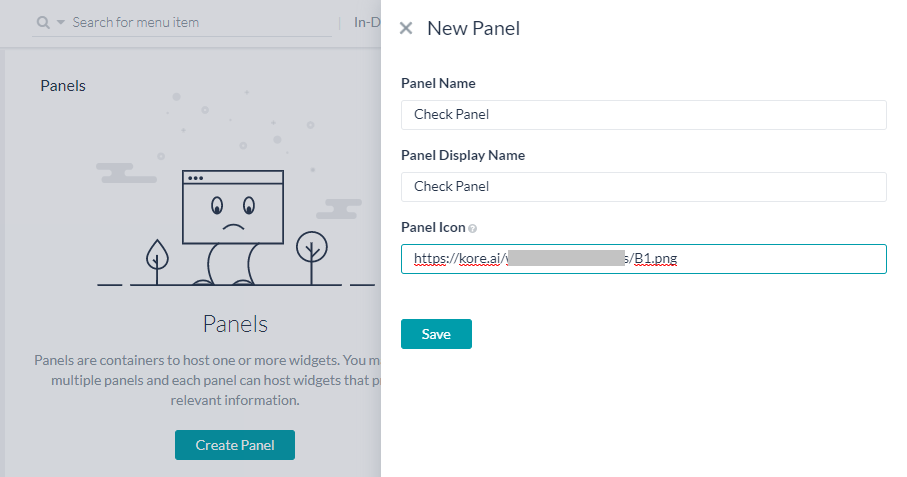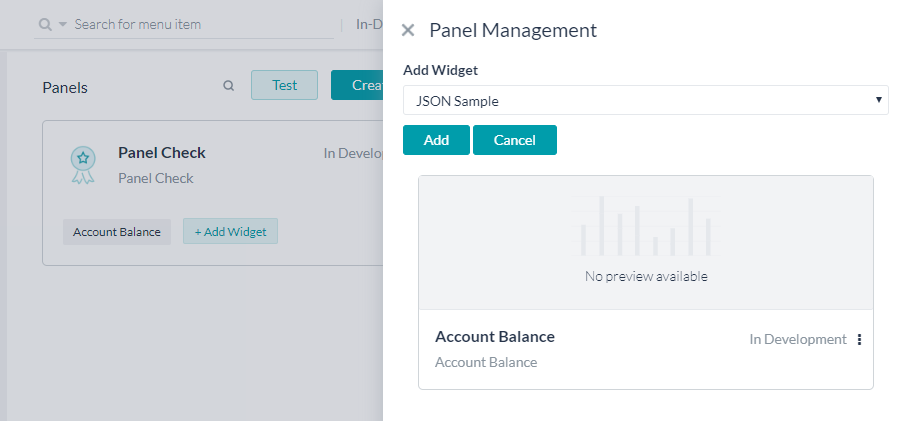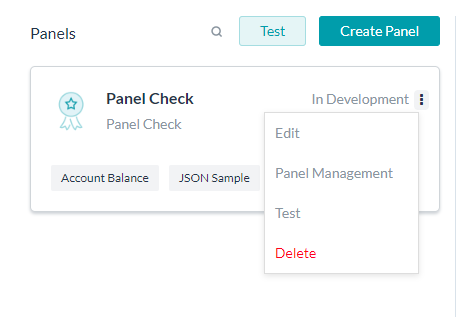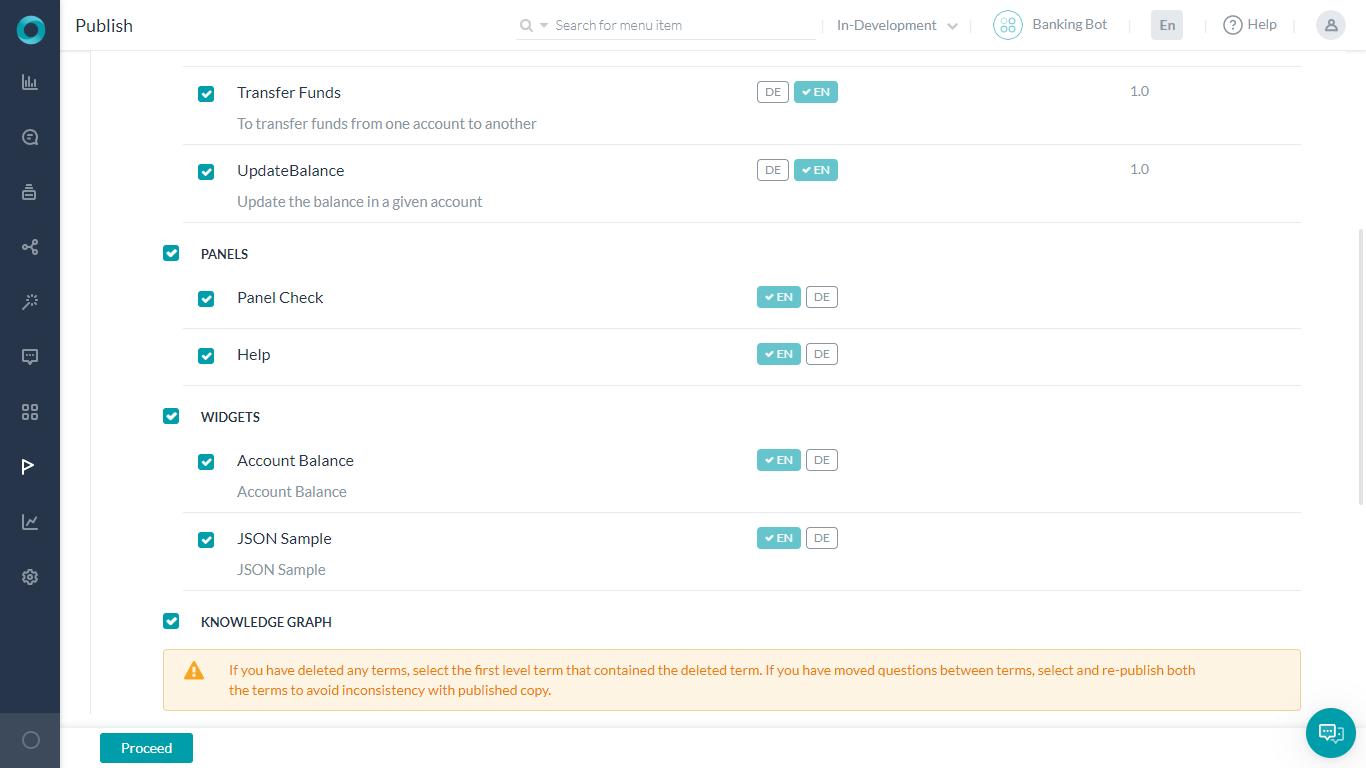Interactions with virtual agents are typically conducted using chat/messaging tools, voice channels, or digital assistants. In the majority of the cases, the virtual agents respond to the user queries only when the users have requested some information. This works well for conducting on-demand tasks that need user input for execution and the result is usually a short response, confirmation, or acknowledgment. But, with the emergence of Digital Assistants, the need for proactive updates to users through engaging user interface has become a key requirement. This can be achieved by providing engaging interfaces that present relevant information to end-users with minimal need for user input. These interfaces can also trigger mobile/web apps from within the chatbot.
Using Digital Views from the Kore.ai Bots platform, you can design interactive components, panels, and widgets, to proactively present relevant information to your customers. Panels are the placeholders that hold one or more widgets. Widgets are individual components that display information to the end-users. Your customers can interact with your bot either in conversation mode or directly get the required information from the widgets.
This document gives an overview of the working and implementation of Panels & Widgets. For an step-by-step usage instructions, refer to this how to.
Setup
You can access Digital Views from under the Digital Skills menu under Build and setup Panels and Widgets.
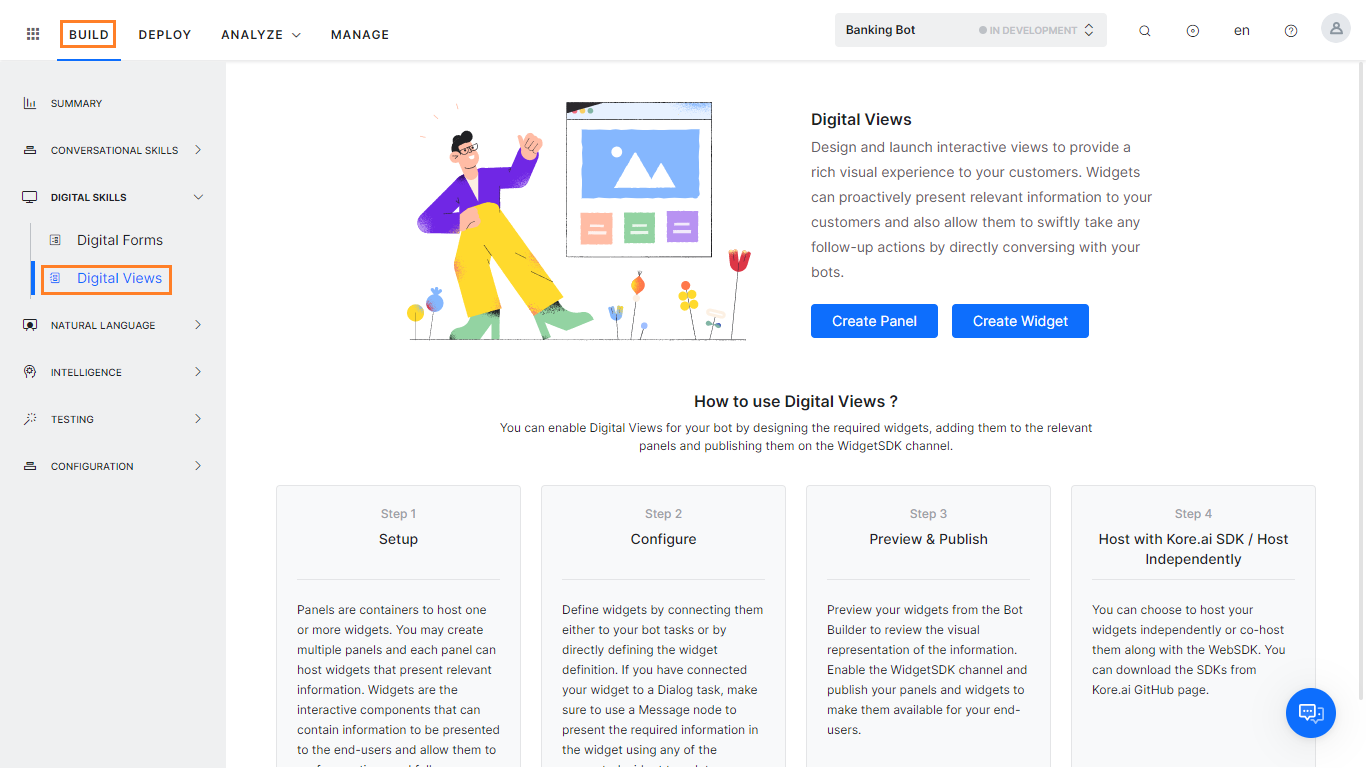
Following are the steps to setting up Panels and Widgets:
- Configure Widgets: Define widgets by connecting them either to your bot tasks or any other source like JavaScript generating JSON file. In cases where you are using the bot task as a source, ensure that the message is formatted properly for the Widget SDK channel.
- Preview the Widgets: Preview your widgets from the Bot Builder.
- Set up Panels: You may create multiple panels and each panel can host widgets that present relevant information. You can use the pre-defined widgets or create new ones.
- Test the Panels to see how the Panels and Widgets are rendered in the chat window.
- Publish the Bot: Publish the bot so that the panels and widgets are made available for your end-users.
- Host the Panel: You can choose to host your widgets independently or co-host them along with the web SDK. You can download the SDKs from the Kore.ai GitHub page. Do ensure to enable WidgetSDK as a channel.
Set up Panels
Panel refers to containers that hold one or more widgets. You can add an existing widget to the panel or create new widgets.
- Click Create Panel to create a panel.
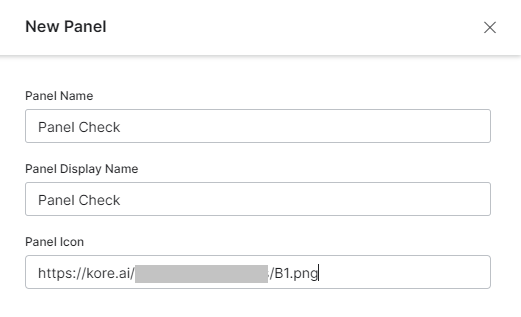
- On the New Panel window, enter the following details:
- Name of the Panel.
- Display Name for the Panel.
- Panel Icon to display in the chat window (URL to the location).
- Save the Panel.
- After you save, the panel will be In Development state.
- Click Add Widget to add widgets to the panel. Select widgets from the drop-down list.
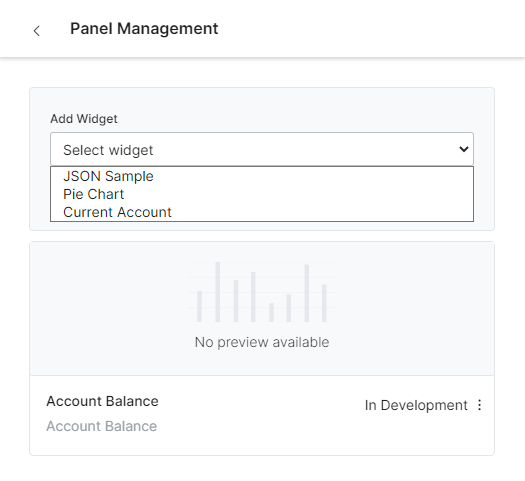
- You have the following options for a given panel:
- Edit the panel details;
- Add Form to add existing forms;
- Add Widget to add existing widgets;
- Panel Management to add existing forms/widgets, or remove already added forms/widgets from the panel.
- Test the individual panel – this opens the talk to bot window along with the panel listing with the current panel active and data presented;
- Delete the Panel.
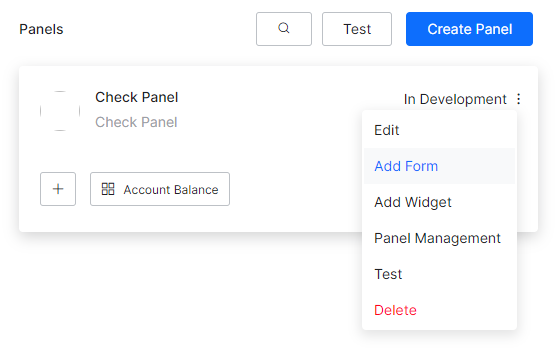
- Test panels open the Talk to Bot window listing all the panels with the chat window active. You can interact and test the panels.
Hosting
Widget SDK is provided by the platform for hosting and managing panels and widgets. You can choose to host your widgets independently or co-host them along with the WebSDK. You can download the SDKs from the Kore.ai GitHub page. Do ensure to enable WidgetSDK as a channel. Refer to this tutorial on how.

